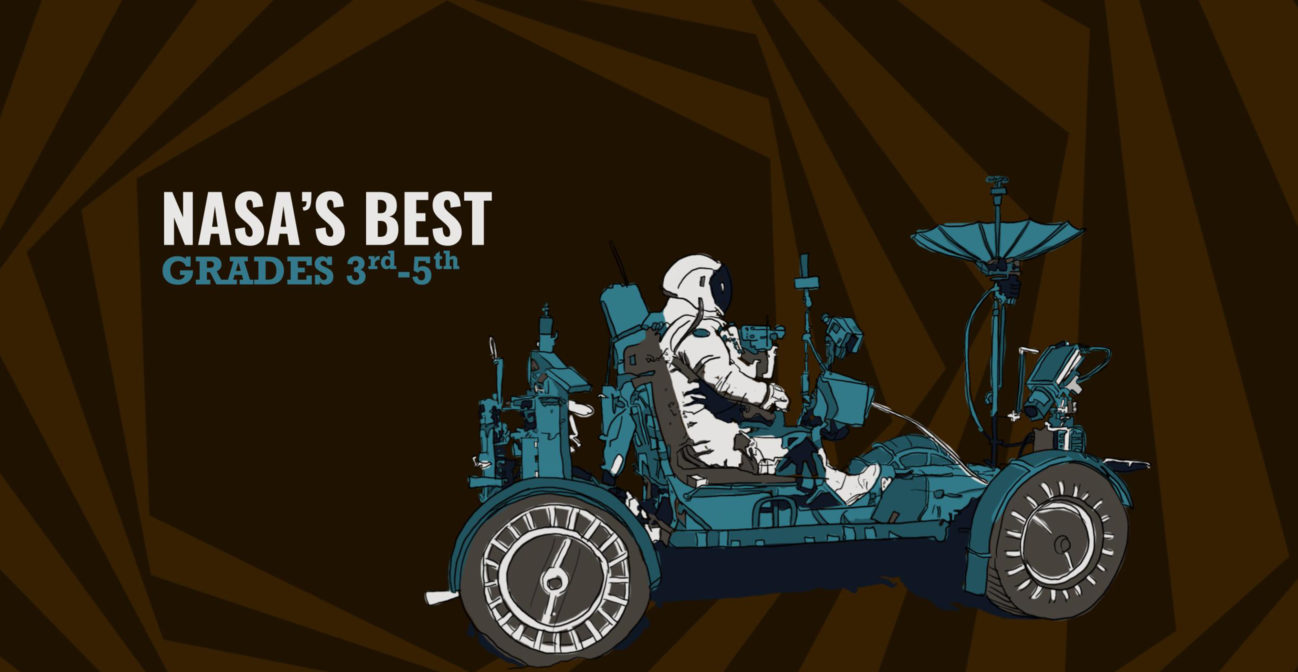Join us for conversations that inspire, recognize, and encourage innovation and best practices in the education profession.
Available on Apple Podcasts, Spotify, Google Podcasts, and more.

Grade 3-5 learners will be guided through a series of challenges that follow the engineering design cycle. Join NASA on an adventure through solving an engineering challenge to design and build a robotic lunar rover to traverse the lunar landscape.
OBJECTIVE
To demonstrate an understanding of the Engineering Design Process while utilizing each stage to successfully complete a team challenge.
PROCESS SKILLS
Measuring, calculating, designing, evaluating
MATERIALS
STUDENT PAGES
PRE-ACTIVITY SET-UP
Set up a small ramp for the students to use with their Lunar Buggies. It can be made with something as simple as a large book set up on a table or a piece of wood propped up on chair.
ASK, IMAGINE, & PLAN
Engage the students in the following questions:
Ask teams to bring back their Lunar Buggy models for use in next session’s challenge. You may want to store them in the classroom or have the facilitator be responsible for their safe return next session.
Ask teams to think about potential landing pods for use during the next session. Tell students they will be building the landing pod out of the materials that have been available to them. The pod will be dropped from as high as possible (out a second story window, off a tall ladder, or from the top of a staircase).